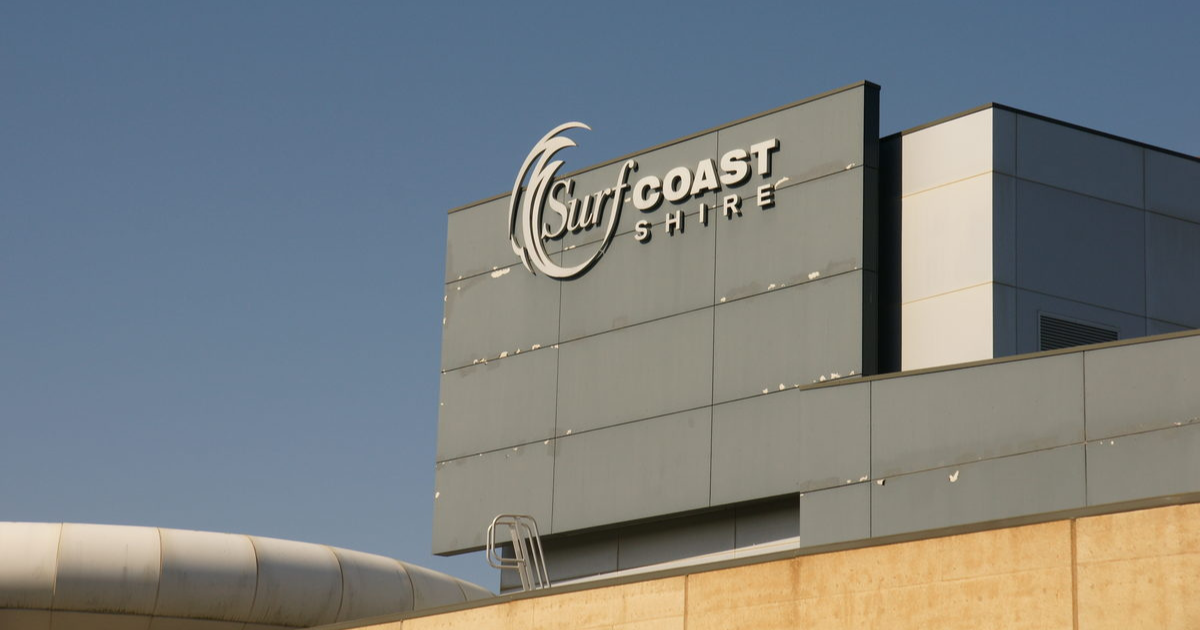Virtual barrier hailed as roadside game-changer

An example of the post comprising the virtual fence along Anglesea's Forest Road. Photo: ADELAIDE HILLS COUNCIL. INSET: Surfcoast Wildlife Rescue founding member Jason Cichocki. Photo: SUPPLIED
AS THE three-year virtual fencing trial enters its final month, one wildlife rescuer is eyeing off the other hotspots he believes stand to benefit from the technology.
After years of campaigning from local wildlife conservationists, the Victorian government allocated $165,000 in its 2021-22 budget to test the virtual fencing technology on a 17km stretch of Anglesea’s Forest Road.
The fence takes the form of a series of green posts, placed at 25m intervals, to which a small device is attached.
These devices are activated by approaching headlights, and emit both sound and light to deter animals from the roads between dusk and dawn.
Using extensive road collision data collected along Forest Road in the years preceding the trial, Surfcoast Wildlife Rescue founding member Jason Cichocki estimates the trial saw a 50 per cent reduction in collisions with macropods, such as kangaroos and wallabies, in its first year, increasing to 90 per cent in its second.

“Forest Road used to be a road of carnage,” Mr Cichocki said.
“You literally can drive up and down Forest Road during the night and sometimes not even see a kangaroo on the side of the road, whereas you used to drive up and down and see several mobs feeding roadside.
“They’ve got used to the fact that the roadside is just not somewhere that they want to feed any more.”
When June 16 hits, Mr Cichocki and his team will collate the remaining data, gathered over the past 12 months, and deliver it to the state government for consideration, as it looks for ways to better protect wildlife and reduce the impact of road strike incidents on motorists.
“We’ve had a massive success here with virtual fencing and I know, without a doubt, that this system can save lives right across Australia, so that’s what we’re looking towards,” Mr Cichocki said.

Preliminary results suggest the positive impacts of the trial extend well beyond kangaroos, which comprise the majority of animal collision incidents across Australia, with echidnas and native birds among the other species to benefit from the technology.
“Since the implementation of virtual fencing, we haven’t had a single echidna hit on Forest Road and we would normally see anywhere upwards of five echidnas or more a year hit and killed,” Mr Cichocki said.
“I very rarely have to pull a bird off the road that’s been hit and killed now, and I was doing at least five a day, every single day of the week.”
He is eager to see the technology implemented in other high-risk area, such as on Torquay’s Blackgate and Horseshoe Bend roads, and Cape Otway Road near the Wurdiboluc Reservoir.
If you see injured wildlife, phone Surfcoast Wildlife Rescue 24/7 on 0422 048 557.

















